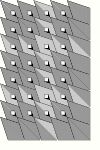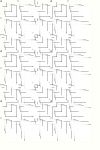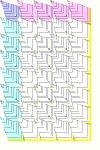No edit summary |
|||
| Line 32: | Line 32: | ||
| [[File:ForLoopDev290.jpg|300px|reactiveGridCells]] <br> <br> [[File:test493.jpg|300px|adjustedBrownianMotion]] <br> <br> | | [[File:ForLoopDev290.jpg|300px|reactiveGridCells]] <br> <br> [[File:test493.jpg|300px|adjustedBrownianMotion]] <br> <br> | ||
[[File:FL1.jpg|100px|ForLoopBoxing1]][[File:FL2.jpg|100px|ForLoopBoxing2]][[File:FL3.jpg|100px|ForLoopBoxing3]]<br> <br> | |||
| | | | ||
Revision as of 14:12, 2 November 2018
Human Processed Algorithm 1 // 261018
| Result | Algorithm |
|---|---|
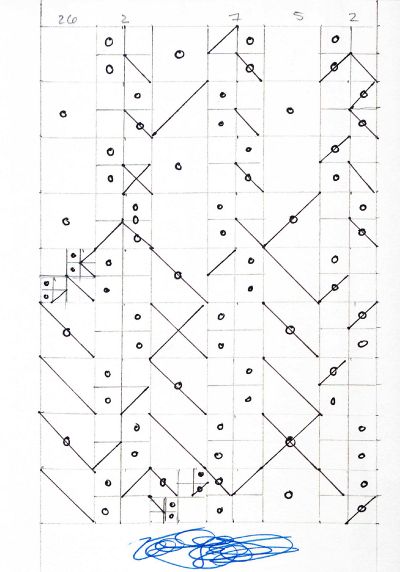
|
Human Processed Algorithm 1 Inspiration // Recursion
As a source of inspiration, architectural examples of recursive operations within facade design, such as LAVA : KACST HQ, form a basis for environmental and aesthetic building design, but the inclusion of personal data adds an additional layer of complexity. Following a basic level of recursion, the question of human ease was a driver in the specific operations which take place. The thought being, 'if the algorithm is too mathematically complex, then why not just have a computer act as operator', the instructions and dimensions were orchestrated into a regimented set of operations, while never crossing the line of expecting time-consuming computations to take place.
|
Algorithms for Computers 1 // 021118
| Result | Algorithm |
|---|---|
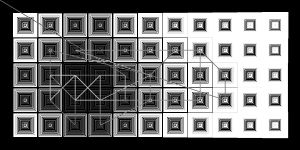 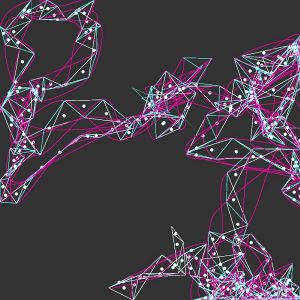 |
ReactiveGridCells AdjustedBrownianMotion
|
